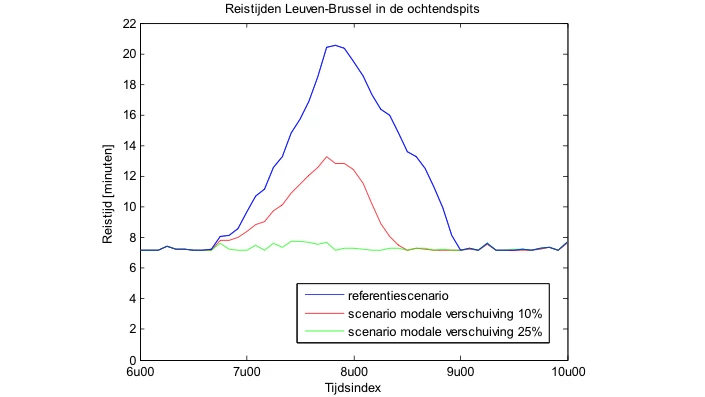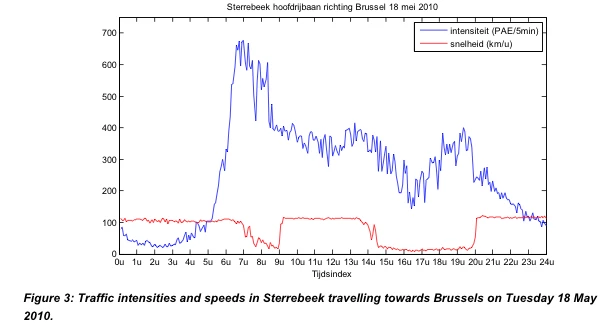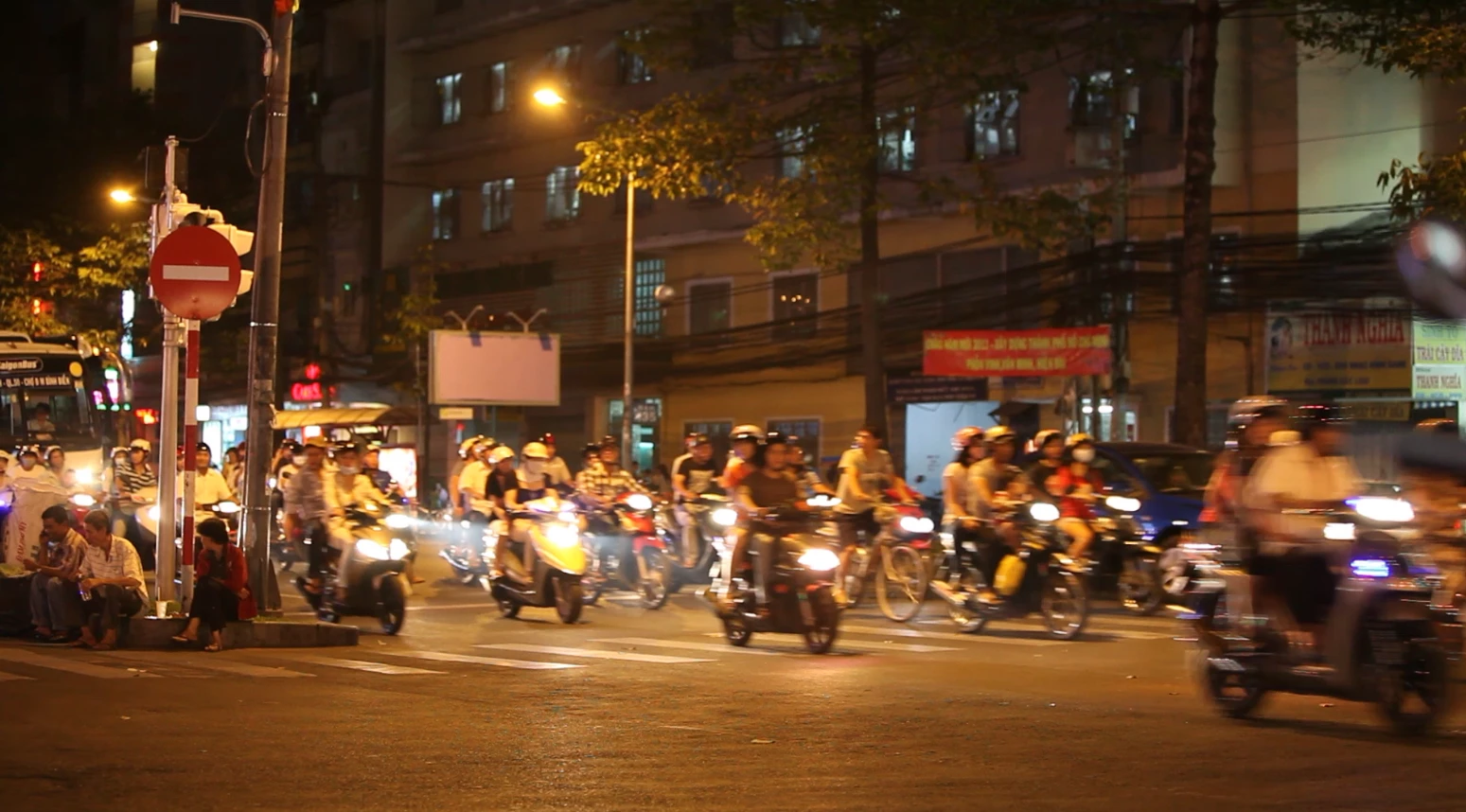The answer to the world's urban traffic congestion may be as simple as creating policies to promote motorcycle commuting. A detailed study by Belgian consultancy Transport & Mobility Leuven has found that a slight shift in traffic composition from cars to motorcycles significantly reduces traffic congestion and emissions.
The study, which was presented at the Association des Constructeurs Européens de Motocycles (ACEM) 2012 Conference in Brussels, found that if 10 percent of all private cars were replaced by motorcycles in the traffic flow of the test area, total time losses for all vehicles decreased by 40 percent and total emissions reduced by 6 percent (1 percent from the different traffic composition of more emission-reduced motorcycles and 5 percent from avoided traffic congestion). A 25 percent modal shift from cars to motorcycles was found to eliminate congestion entirely.

The results came from a case study for a stretch of highway between Leuven and Brussels in Belgium and may not translate directly to other road scenarios, as the report states quite clearly that the effects of a modal shift are dependent on the local traffic situation.
"The queues that develop at each bottleneck have different characteristics, which are dependent on local circumstances, such as the local traffic demand and the capacity of the local bottleneck and upstream road sections," states the report. "The relationship between the modal shift and the change in traffic flow, the reduction in travel times and the reduction in lost vehicle hours will consequently differ for each location."
The researchers extrapolated the figures, noting the above, and warning that "extrapolating the results of the case study can therefore only serve as an indication of the order of magnitude of the impact of a global modal shift."
When the case study results for this small area were extrapolated to Belgium's entire highway highway network, the total time savings for all vehicles was 15,000 hours per day, and that's just in Belgium. The amount of time all of humanity loses in the daily commute must be horrendous, and it might be far more easily managed by the implementation of some pro-motorcycling policies.
When I first read this research, I immediately thought of Ho Chi Minh (formerly Saigon), the Vietnamese city of 7.5 million people and nearly five million motorcycles, and by far the most motorcycle-dependent traffic environment I have ever seen.
The narrow streets of 300-year-old Saigon could not function without the enhanced traffic density and traffic flow of the motorcycle. Though cars are still plentiful on Saigon roads, the vast majority of traffic is made up of motorcycles.
Even in peak hour on the main thoroughfares, where you can sometimes see a tangle of motorcycles for miles in front of you, the traffic flow remains remarkably high.

Having watched what has happened to the traffic flows of many other Asian cities as the wealth of the population has grown and "progressed" the primary mode of transport through bicycle to motorcycles and hence to cars, I expect the traffic flows of Saigon to plummet unless the same traffic composition is somehow maintained. If cars make up say 10 percent of the traffic on Saigon roads, I suspect a modal change of 10 percent from motorcycles to cars would have catastrophic effect on the traffic congestion in the city.
A big role for smaller vehicles
The research is yet another indicator that smaller-than-a-car road vehicles will play a much greater role in personal transportation.I raised this exact topic last year during a discussion with Chris Borroni-Bird, General Motors' Director of Advanced Technology Vehicle Concepts.
Over the last decade, Borroni-Bird has led GM's "Reinvention of the Automobile" program, running a series of fascinating projects designing electric and fuel cell vehicles from a clean sheet. The first of these, the AUTOnomy, was shown in 2002 followed by Hi-wire, Sequel and the Personal Urban Mobility and Accessibility (PUMA) project which finally emerged as the EN-V.
I asked Chris how he saw things playing out across the world with transportation systems and he said he thought the most likely scenario was that rules would be framed city by city, and that a "user pays" system would inevitably evolve which basically saw the user paying for the amount of space their vehicle took up on the roads, and that parking space pricing would also promote smaller vehicles by charging for the amount of space used.
Quite clearly a change to smaller road vehicles offers the cities that can engineer it a more hospitable environment than those that don't or can't. The inhabitants of those cities will waste less time in transit and the air will be cleaner.
The report [PDF] and a slide show presentation delivered by the report's author, Isaak Yperman, at the 8th ACEM annual conference are all available online.
The following video is of Isaak Yperman's presentation at ACEM.







